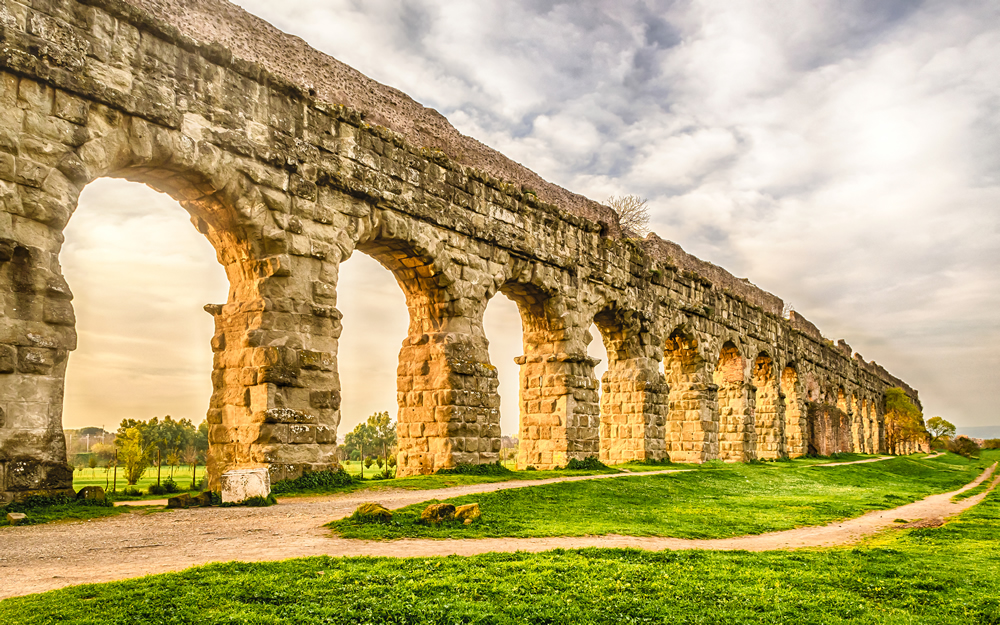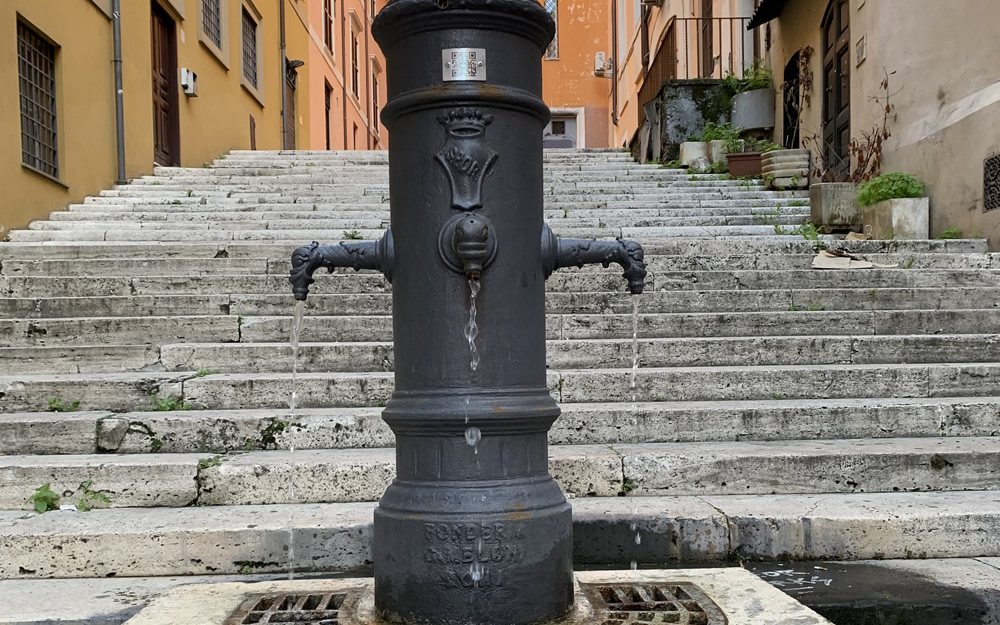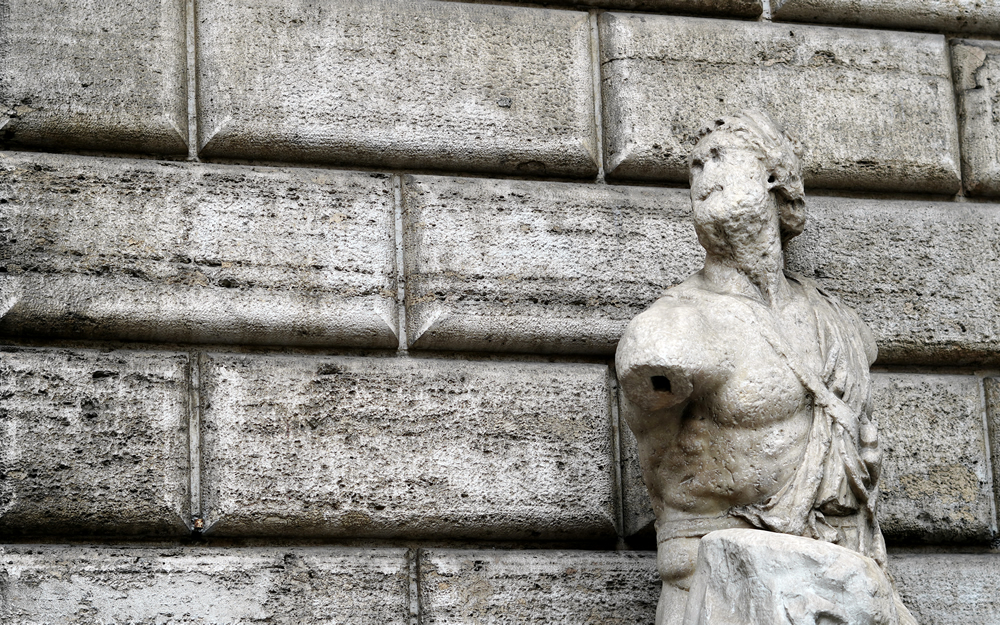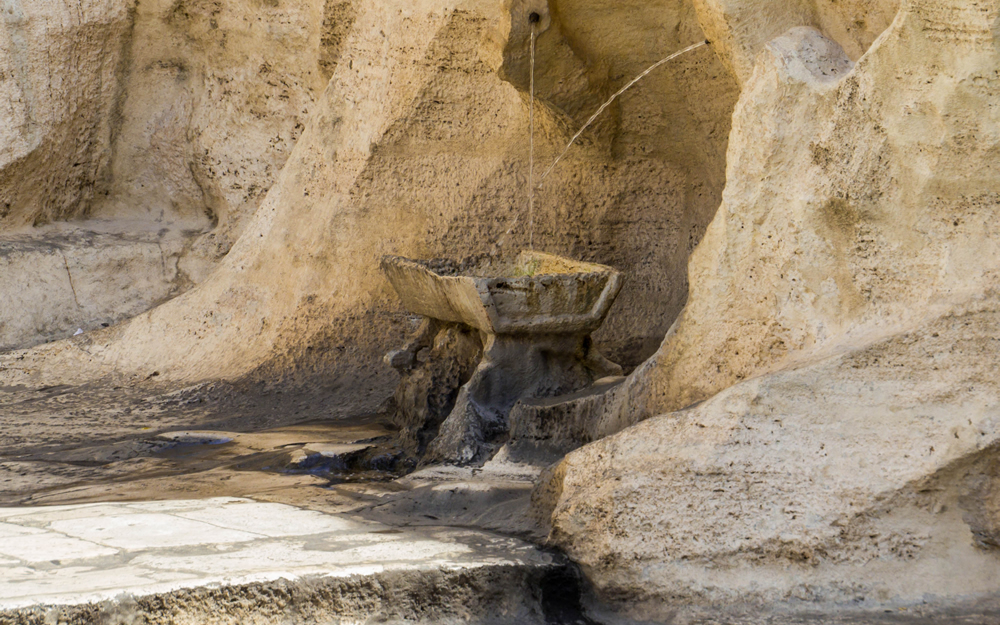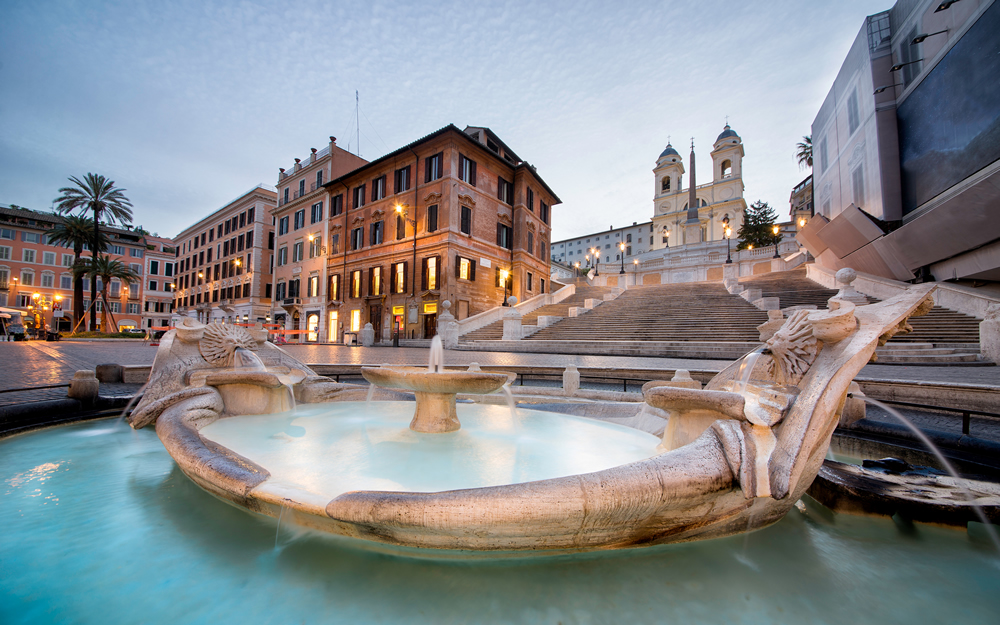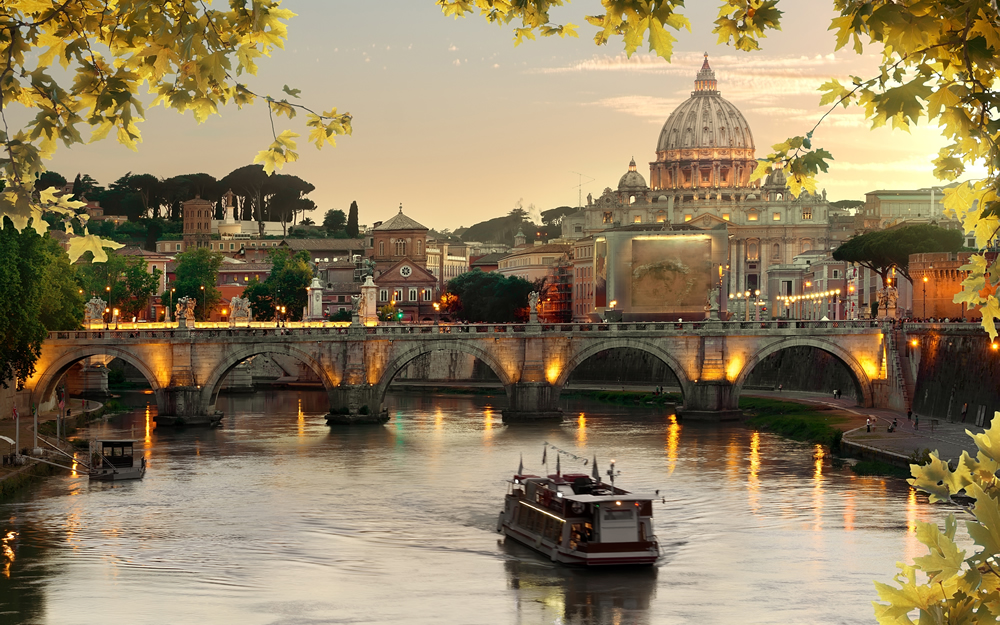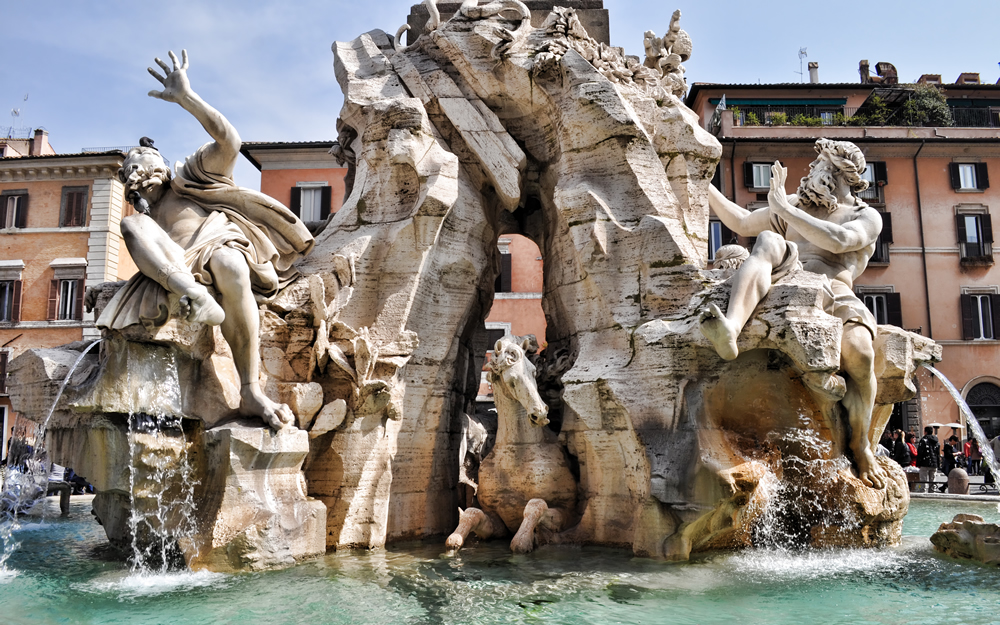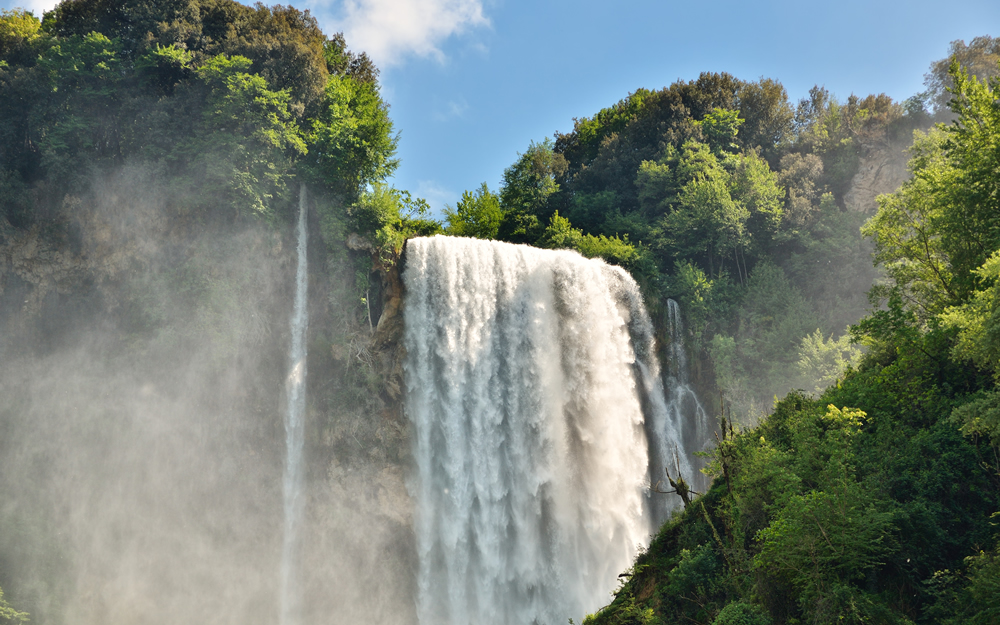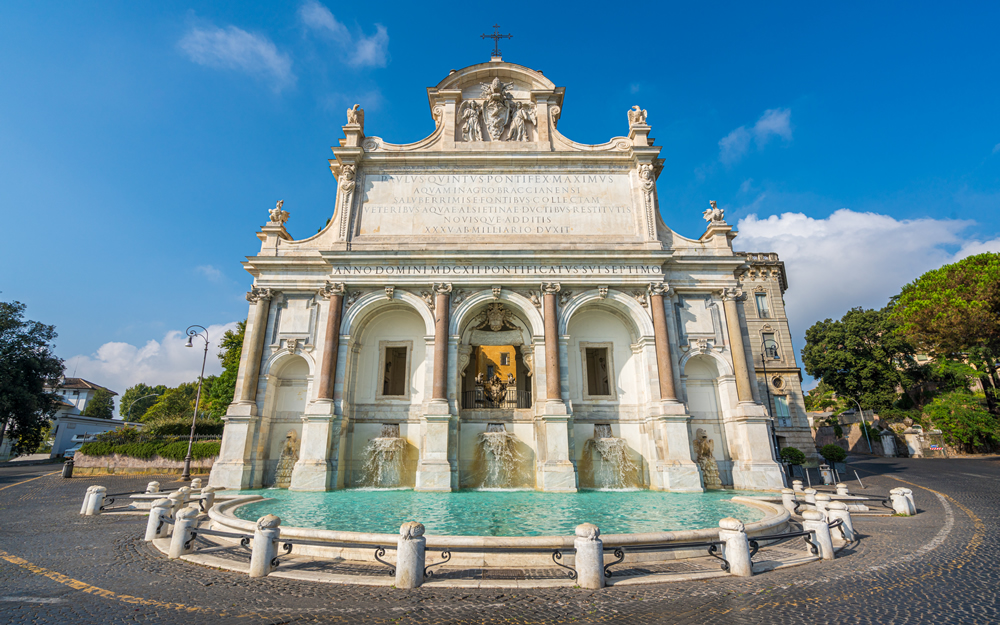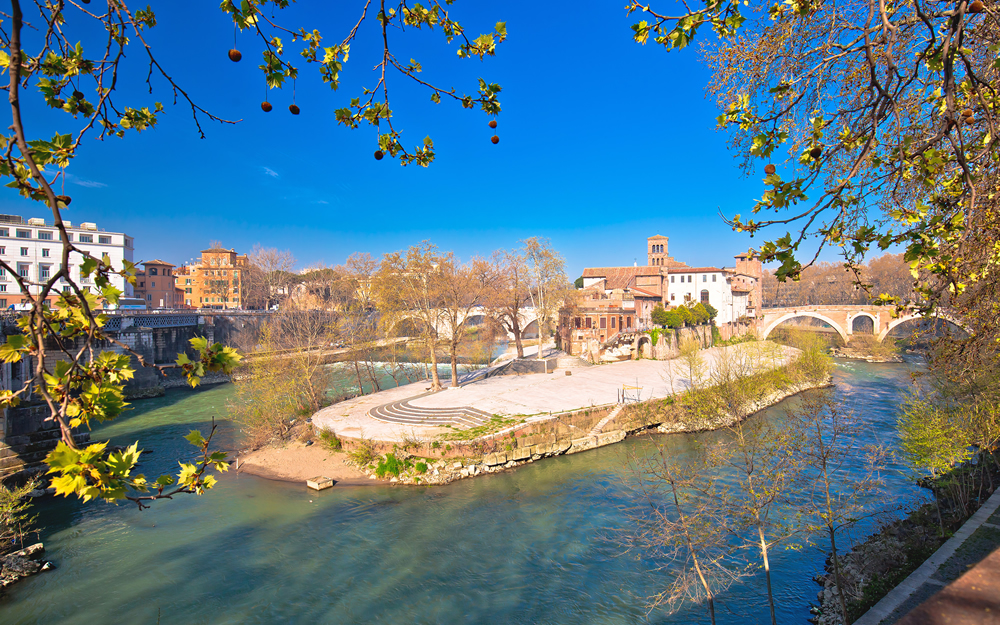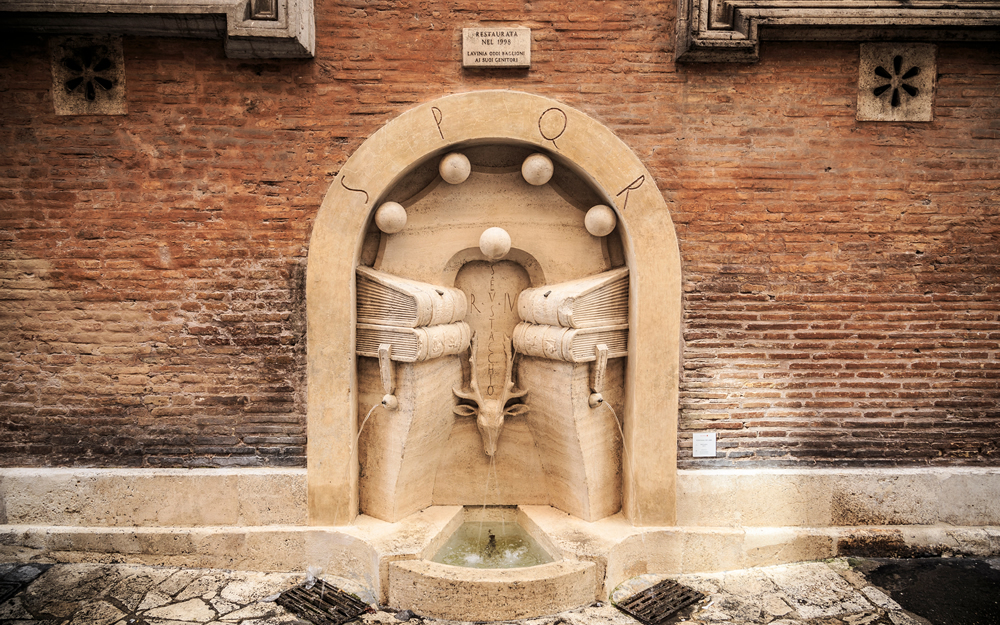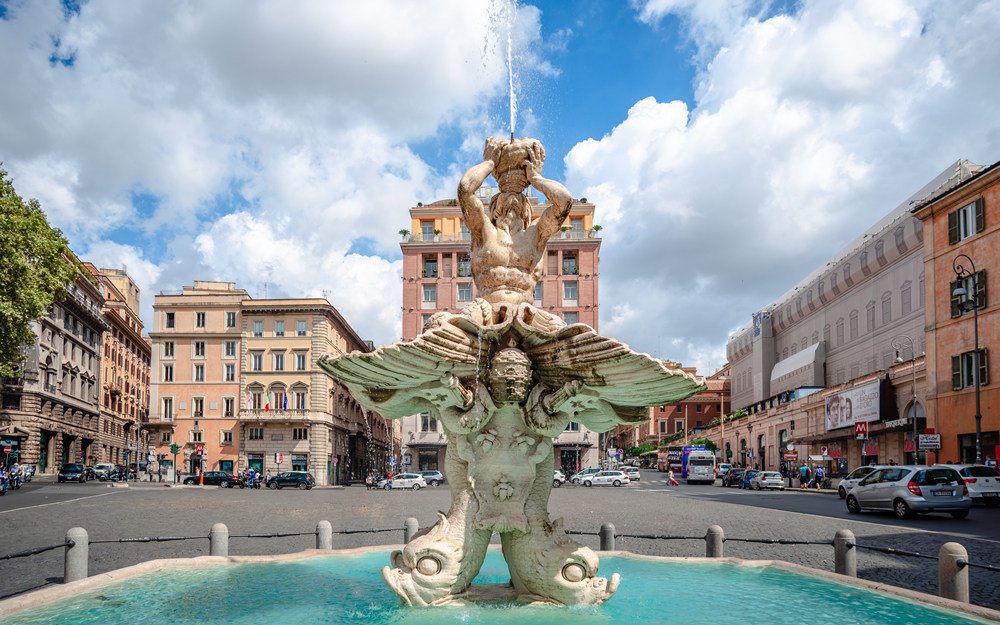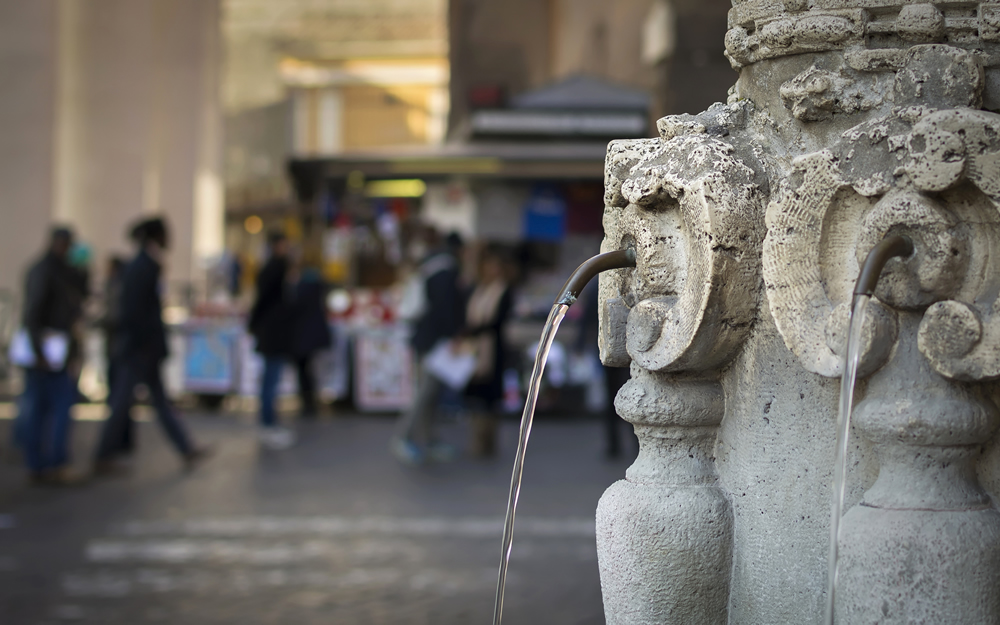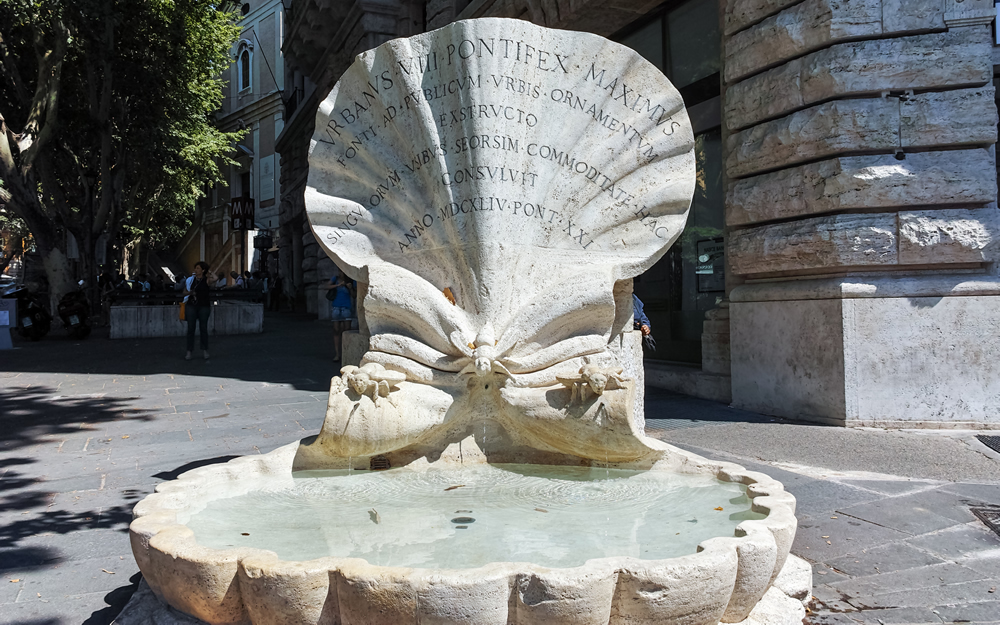- Home /
- Voice from the city /
- The Felice Aqueduct: top 6 facts
The Felice Aqueduct: top 6 facts
Rome's aqueducts are among the most important symbols of ancient civilization: both examples of water engineering and architecture, as well as evidence of historical events, lifestyles and customs.
The Felice Aqueduct is part of the Park of the Aqueducts: built during the Middle Ages, this is the first structure built after the fall of the Western Roman Empire.
Keep reading to learn 6 interesting facts about the Felice Aqueduct: its origins and history, and everything you must know about this majestic symbol of medieval Rome.
1. When was the Felice Aqueduct built?
The creation of the Felice Aqueduct dates back to the 16th century: work began during the pontificate of Gregory XIII, but was not completed until he became Pope Sixtus V.
2. An aqueduct for Papal nobility
But what was the reason for building the Felice Aqueduct? During the 1500s, papal nobility started eyeing the abandoned Roman hills as perfect places to build their luxurious villas and residences.
At that time, the highest areas of the capital were not provided with a water supply. After the fall of the Western Roman Empire and the barbarian invasions, the Esquiline and Quirinal hills had become wild and deserted areas, certainly not suitable for a papal residence. This was precisely the reason that led to the design and construction of the Felice Aqueduct.
3. Pope Sixtus V’s good business
Cardinal Felice Peretti (later Pope Sixtus V) was involved in the planning of the aqueduct by Gregory XIII himself; aware of the scope of the project, Felice decided to buy a huge piece of land on the Quirinal and one on the Esquiline, where he then built his majestic Villa Montalto.
4. Why is it called the Felice Aqueduct?
During Gregory XIII's papacy, work on the Aqueduct proceeded slowly. However, when Pope Sixtus V was elected, he immediately issued a bull to speed up the construction schedule. The aqueduct owes its name precisely to the pope, who was born Felice Peretti.
5. The architects who built the Felice Aqueduct
Pope Sixtus V entrusted first Matteo Bortolani and later Giovanni Fontana to build the aqueduct. During the planning stage, Matteo Bartolani made a serious miscalculation regarding the slope of the water: instead of flowing towards Rome, the flow was likely to go back.
This mistake was paid dearly by Bartolani. Sixtus V entrusted the prosecution of the work to Giovanni Fontana, who was forced to destroy parts of the ancient Marcio, Tepula and Iulia aqueducts in order to carry on with the work.
Fontana took advantage of the springs of the Alessandrino aqueduct, and was able to bring water to the Esquiline, Viminal, and Quirinal hills. The aqueduct culminates at the Fountain of Moses in Piazza San Bernardo, built by his brother Domenico Fontana.
6. Porta Furba
In ancient and medieval times, architects used to build massive arches precisely where aqueducts surmounted the city's most important streets.
The famous arch of Porta Furba was built precisely to represent the Felice Aqueduct where it passes over the Via Tuscolana. The etymology of the name "Furba" is not certain, but a number of theories have been put forward: many believe that it derives from the Latin "fur" = "thief," and that it refers to the brigands of the area; others believe that the term is instead the Latin "forma," an ancient name used to refer to medieval aqueducts.
7. The fountains of the Felice Aqueduct
Centuries later, the Felice Aqueduct now supplies some of Rome's most beautiful fountains:
- Fountain of Porta Furba
- Fountain of the Lateran Obelisk
- Fountain of the Tritone
- Fountain of the Bees
- Fountain in Piazza Campitelli
- Fountain in Piazza delle Cinque Scole
- Fountain of theTritoni
- Fountain in Piazza Ara Coeli
- Fountain of Dea Roma in Piazza del Campidoglio
- Fountain of the Lions in Campidoglio
- Fountain of Marforio
- Fountain of Moses
- Fountain of Villa Medici
- Fountain of Monte Cavallo
- Four Fountains
- Fountain of Piazza Madonna dei Monti
- The Prigione Fountain
- Fountain of Santa Maria Maggiore
- Fountain of the Navicella
Download the Acea Waidy Wow app and explore the interactive map: search for routes and find out all the interesting facts about water points in your city!



